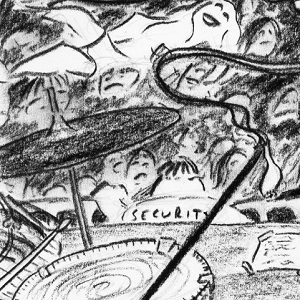Processes generate a wide range of outputs, damaged goods being one of them. To treat all outputs as an opportunity to value, is one way to optimize a process efficiency!
Different types of process outputs
Processes use a wide range of resources (or inputs), to generate results (outputs). Efficiency generally focus on desirable results, meaning the valuable outputs intended to be produced by the process. However most processes generate multiple outputs, the desirable ones, but not only. These outputs are generally categorized by value, from high to low. You can have by-products, outputs which are not the main purpose of the process, but that still possess a substantial value. There’s also waste and scrap, which are outputs resulting from the process but with little, zero or negative value (we covered these in previous episodes here and here). And then there’s damaged goods. Damaged goods are desirable output with defects, that can drastically affect their value.
Not clear? Think about chicken to butcher. Chests, thighs and wings are your desirable outputs. Heads, feet or hearts can be by-products that you can eat, or feed to your cat. Scrap would be the tiny chunks of meat you didn’t manage to cut from the carcass. We generally consider feathers and bone as waste, that will need further processing to get rid of. Now the damaged goods would be the chest you erroneously cut in half because your knife slipped.
Methods to value outputs
Efficiency focus on the ratio of valuable outputs / inputs. So one way to optimize a process is to limit impact of negative outputs and value all the other ones. There’s basically two ways for that, diversify markets or reworks.
- Diversify market: Find new purposes to the output and repackage for someone with a need. => Ship chicken bone to necromancer!
- Rework: Create a side process with additional resource to transform and add value (recycling falls into this category). => Mince damaged goods and all pieces of scrap together to do minced chicken patty.
So what was the episode about?
Life is a process like any other. We grow with desirable goals, results we want to achieve. We use up ourselves, but like in any process, not everything ever go 100% right. So the point is to find value in everything. The main protagonist valued her anger in a burst of emotions… giving a purpose and a new value on what others perceive as “damaged goods”.


